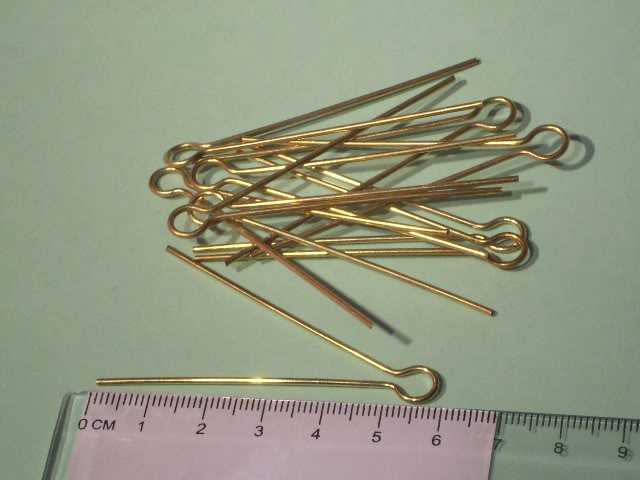
- Mobile Phone
- +8613931874955
- sales@cntcmetal.com
binding iron wire
The Versatile Uses of Binding Iron Wire
Binding iron wire, often referred to as tie wire or binding wire, is an essential material in various industries and everyday tasks. Unlike its counterparts made from softer materials, binding iron wire is robust, durable, and reliable, making it a go-to choice for multiple applications.
One of the primary uses of binding iron wire is in construction. Contractors use it to bind and secure rebar in concrete structures, ensuring that the reinforcement bars stay in place during the pouring and setting of concrete. This structural integrity is critical, as it helps the building withstand forces such as tension, compression, and shear. The strength of binding iron wire holds the rebar tightly together, reducing the risk of structural failure over time.
In addition to construction, binding iron wire is widely used in the agricultural sector. Farmers and horticulturists employ this wire to support plants, tie vines, and create trellises. The sturdy nature of the wire allows it to hold up even the heaviest crops, such as tomatoes and cucumbers, ensuring that they grow upright and receive ample sunlight. Furthermore, binding iron wire is used to secure fences, keeping livestock safe and contained while also protecting crops from animal damage.
Craftsmanship is another area where binding iron wire shines. Artisans and DIY enthusiasts appreciate its versatility and strength for various craft projects. It can be shaped, twisted, and formed into intricate designs, making it a popular choice for creating sculptures, art pieces, and even functional items like hangers and organizers. The wire can be painted or left in its natural state, offering a rustic charm that many find appealing.
binding iron wire

Moreover, binding iron wire is a staple in the manufacturing industry. It is used to bundle products together, ensuring they remain intact during shipping and handling. The wire's durability makes it an excellent choice for securing items, from boxes of goods to automotive parts. Businesses often rely on binding iron wire not only for its functionality but also for its cost-effectiveness, as it is generally less expensive than alternatives like plastic ties.
The versatility of binding iron wire also extends to the world of home improvement. Homeowners frequently turn to this material for various repair and maintenance tasks. Whether it’s fixing broken fences, reinforcing furniture, or securing items in place during a moving process, binding iron wire proves to be an invaluable resource. Its flexibility allows homeowners to tackle a range of projects, making it an indispensable part of any toolbox.
Furthermore, the environmental advantages of binding iron wire cannot be overlooked. Being made from recycled steel, it represents a sustainable option in comparison to many plastic alternatives, which contribute to pollution and landfill waste. Utilizing binding iron wire supports a circular economy, as it can be reused and recycled at the end of its life cycle.
In conclusion, binding iron wire is a multifaceted tool that finds its place in various fields, from construction and agriculture to crafting and manufacturing. Its strength, durability, and flexibility make it a preferred choice for many applications. As we continue to seek sustainable and efficient materials for our tasks, binding iron wire stands out as a reliable option that meets diverse needs. Whether you are a professional contractor, a hobbyist, or a homeowner, keeping binding iron wire on hand is a smart decision that can simplify and enhance your projects.
share:
-
Yard Sign Stakes: Reliable Guardians of Outdoor SignsNewsAug.04,2025
-
Wall Ties: Invisible Guardians of Building StabilityNewsAug.04,2025
-
Resilient Web: The Super Guardian Power of Concrete MeshNewsAug.04,2025
-
Masonry Accessories: A versatile assistant on building foundationsNewsAug.04,2025
-
Iron Binding Wire: the 'invisible reinforcement specialist' in the fields of architecture and industryNewsAug.04,2025
-
Dynamic Spring: The diverse functions and excellent performance of Wire Tension SpringNewsAug.04,2025
-
Your Source for Concrete Wall Ties and Masonry AccessoriesNewsJul.10,2025



















